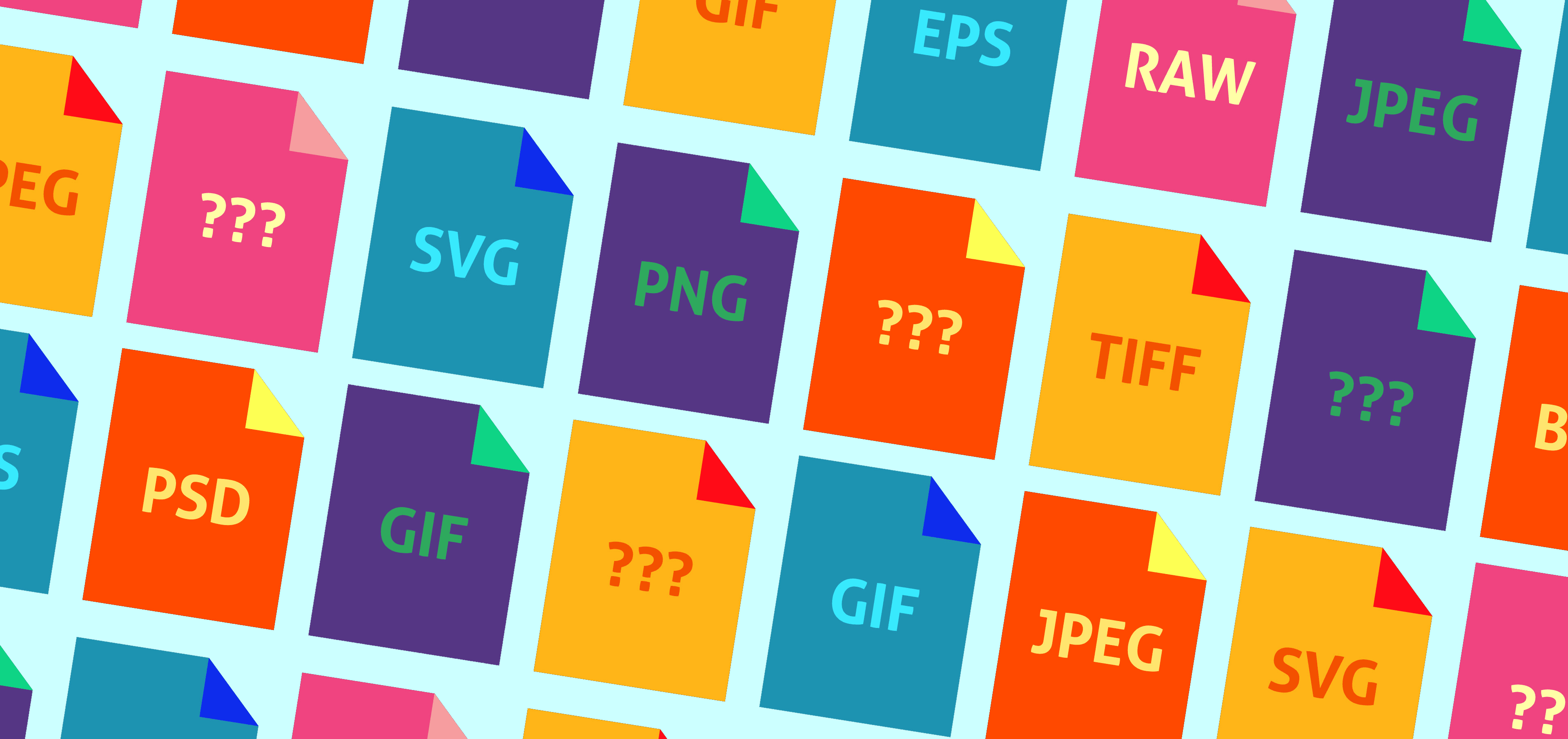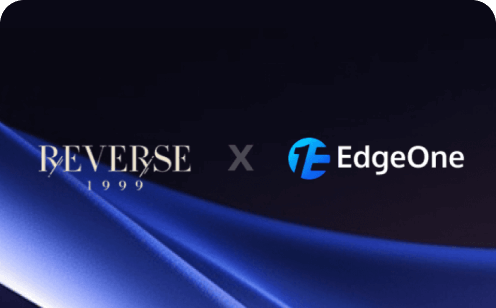5 Online Batch Image Processing Tools You Need to Try
In today's digital age, managing and processing large volumes of images has become a routine task for many professionals, from photographers and designers to social media managers. Efficiently handling these images is crucial for maintaining productivity and quality. To help you streamline your workflow, we've compiled a list of 5 online batch image processing tools you need to try. These tools not only support common image formats such as JPEG, PNG, GIF, and BMP, but also offer a range of features to simplify your image processing tasks. Let's dive in and discover how these tools can enhance your efficiency and make your image management a breeze!
What are the Common Image Formats?
Image formats are like canvases in the real world, they determine how we store, display, and share visual information. Each format has its unique story and characteristics, influencing their application in different scenarios.

JPG (JPEG): Timelessly Classic
JPEG is the most common image format, introduced by the Joint Photographic Experts Group (JPEG) in 1992. It uses a lossy compression algorithm, meaning it discards some image data to reduce file size. This compression is not perfect, but it cleverly utilizes the characteristics of human visual perception, significantly compressing file sizes with minimal detail loss that is almost imperceptible to the naked eye.
Its efficient compression capability makes JPEG the absolute king in fields like web images, digital photography, and print publishing. Whether it's photo sharing on social media or product displays on e-commerce sites, JPEG is the format of choice.
GIF: The Ancestor of Animated Images, Simple and Vivid
Developed by CompuServe in 1987, GIF was initially used for storing animated images. It uses a lossless compression algorithm, meaning it retains all image data, ensuring image quality. Although GIF's compression rate is not as high as JPEG's, its support for animation makes it ideal for internet memes, simple animated demonstrations, and web elements.
PNG: The Star Format in Web Design
Introduced by the W3C in 1996 to replace GIF, PNG also uses a lossless compression algorithm and supports transparency. This means PNG can preserve all details in an image and create images with transparent backgrounds, making it a favorite in web design, icons, and graphic design.
BMP: The Old-school Format for Windows
Developed by Microsoft, BMP is the default image format for the Windows operating system. It uses a lossless compression algorithm but has a low compression rate. BMP is typically used for storing uncompressed image data, such as images scanned by scanners, preserving complete image information for later editing and processing.
WebP: The King of Compression, Promising Future
Introduced by Google in 2010, WebP is a new image format designed to replace JPEG and PNG. It uses a lossy compression algorithm but has a higher compression rate than JPEG, and it also supports transparency and animation. The advent of WebP brings a boon to scenarios requiring space-saving, such as web images and mobile device images.
AVIF: Perfect Balance Between Quality and Compression
Proposed by the MPEG group in 2019, AVIF is a new image format intended to replace JPEG and WebP. It uses a lossy compression algorithm with a higher compression rate than WebP and supports features like high dynamic range (HDR) and wide color gamut (WCG). The emergence of AVIF signifies a perfect combination of higher quality and lower file size, providing stronger technical support for web images and video streaming.
JP2: High Compression Rate, Choice for Professional Fields
Introduced by the JPEG group in 2000 as part of the JPEG 2000 standard, JP2 uses a lossy compression algorithm but offers a higher compression rate than JPEG. It also supports lossless compression, transparency, and multiple resolutions, making it a choice for professional fields like medical imaging and satellite imagery.
HEIF: Best Companion for Mobile Devices
Introduced by the MPEG group in 2015, HEIF is a new image format designed to replace JPEG. It uses a lossy compression algorithm with a higher compression rate than JPEG and supports HDR, WCG, and multi-frame animation. The advent of HEIF brings new solutions for scenarios requiring space-saving and improved image quality, such as mobile device images, web images, and video streaming.
5 Best Online Batch Image Processing Tools
1. EdgeOne Image Converter
The EdgeOne Image Converter tool is a straightforward and easy-to-use online tool that supports multiple image format conversions. It offers a clean interface where users simply need to upload an image, select the target format, and then click the "Convert" button to complete the conversion. The tool also supports image resizing, allowing users to enlarge or reduce the size of an image as needed. The advantages of EdgeOne include support for file upload conversions and the ability to perform batch operations on images under a site via URL with edge functions for adaptive conversion. Additionally, it features a clean interface, simple operation, powerful functionality, and is free to use.
2. Squoosh
Squoosh is a highly practical online image optimization tool developed by Google Chrome Labs. It supports a variety of image formats, including but not limited to PNG, JPEG, WebP, AVIF, etc. The main features of Squoosh are its user-friendliness and efficiency. It allows users to upload images through simple drag-and-drop actions and offers a range of optimization options such as compression levels, color depth adjustments, and scaling, enabling users to customize the batch processing of images as needed.
Additionally, Squoosh includes a comparison feature that allows users to visually see the differences in images before and after optimization, which helps in selecting the best image processing settings. With its clean interface and intuitive operation, Squoosh is easy to use even for beginners in image processing. Due to its powerful features and convenient operation, Squoosh has become the preferred tool for many designers and developers to optimize images.
3. Online Convert
Online Convert is a more feature-rich online image converter tool that supports multiple format conversions and size settings, as well as batch conversions and multiple language versions. Its downside is that the interface is somewhat cumbersome, and the free version has limited functionality.
4. Zamzar
Zamzar is a widely popular online file converter tool that supports over 1200 different file formats, including various image, document, audio, and video formats. This makes it highly suitable for users who need to handle multiple types of files. The interface is clean and intuitive, making it easy for users to get started, even those with less technical expertise. However, in the free version, there is a limit on the file size for each conversion, which may not be suitable for users who need to convert large files. Additionally, while basic file conversion is free, some advanced features and higher file size limits require the purchase of a paid plan.
5. Convertio
Convertio is a very powerful online image converter tool that supports a wide range of format conversions, including audio, video, and documents. It offers both free and paid versions. However, its interface is slightly complex and the multitude of features might make it inconvenient to use.
EdgeOne Image Converter Tool: Simple, Comprehensive
The EdgeOne Image Converter Tool is a highly recommended free tool that supports conversions between 56 different format pairs such as PNG to JPG, PNG to WEBP, JPG to PNG, JPG to WEBP, WEBP to PNG, and WEBP to JPG. It meets the daily image format conversion and size adjustment needs of most users. Its clean interface and powerful functionality make it an effective assistant for handling images.
- Clean Interface: Simple operation, easy to get started.
- Powerful Functionality: Supports multiple format conversions and size settings.
- Free to Use: All features are available without payment.
- Supports URL-based batch conversion: Suppose you need to convert all images under the site example.com. By configuring the domain example.com in the edge function and writing simple logic, you can adaptively and batch convert to formats supported by the client.
This tool leverages EdgeOne's Image Processing feature, allowing you to store only the original images at the source while edge processing, caching, and response reduce management costs. Through URL parameters or Edge Functions, you can convert image formats, resize, and compress images, boosting website performance. This feature is currently available for a Free Trial, so give it a try.
Conclusion
In summary, different image formats are like a kaleidoscope, each with its unique characteristics and specific uses. Understanding these formats is crucial for optimizing image quality and performance in various applications. Online batch image processing tools provide convenient and efficient solutions, allowing us to easily handle and convert various types of images. These tools not only save time but also ensure that we maintain the highest standards of image quality across different platforms and projects. By using these powerful tools, we can streamline our workflows and focus more on creativity and less on technicalities.

